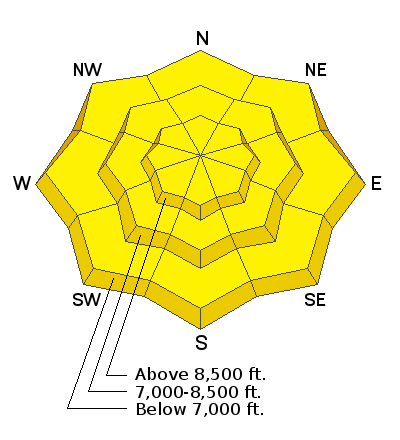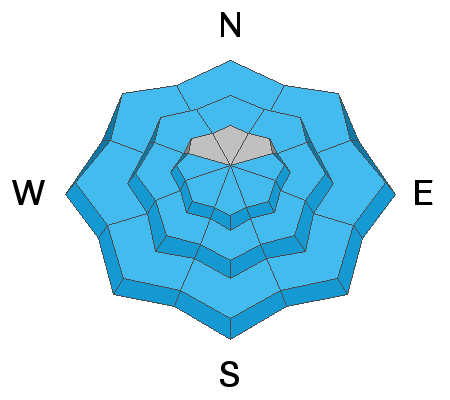Forecast for the Ogden Area Mountains

Issued by Greg Gagne on
Sunday morning, April 19, 2020
Sunday morning, April 19, 2020
Today is the last regularly scheduled avalanche forecast for the season. We will issue updates with any measurable snowfall through the rest of April but will not issue danger ratings. Thank you to everyone for a great season.
The danger for wet avalanches is MODERATE on steep easterly to south to westerly facing aspects, as well as low and mid-elevation northerly aspects. Avoid steep terrain when the snow is wet, punchy, and unconsolidated. Wet, concrete-like debris may pile up deeply in terrain traps and below steep, sustained terrain.
There is a MODERATE hazard for triggering an isolated wind slab on upper elevation northerly aspects, as well as fresh cornice falls.

Low
Moderate
Considerable
High
Extreme
Learn how to read the forecast here





